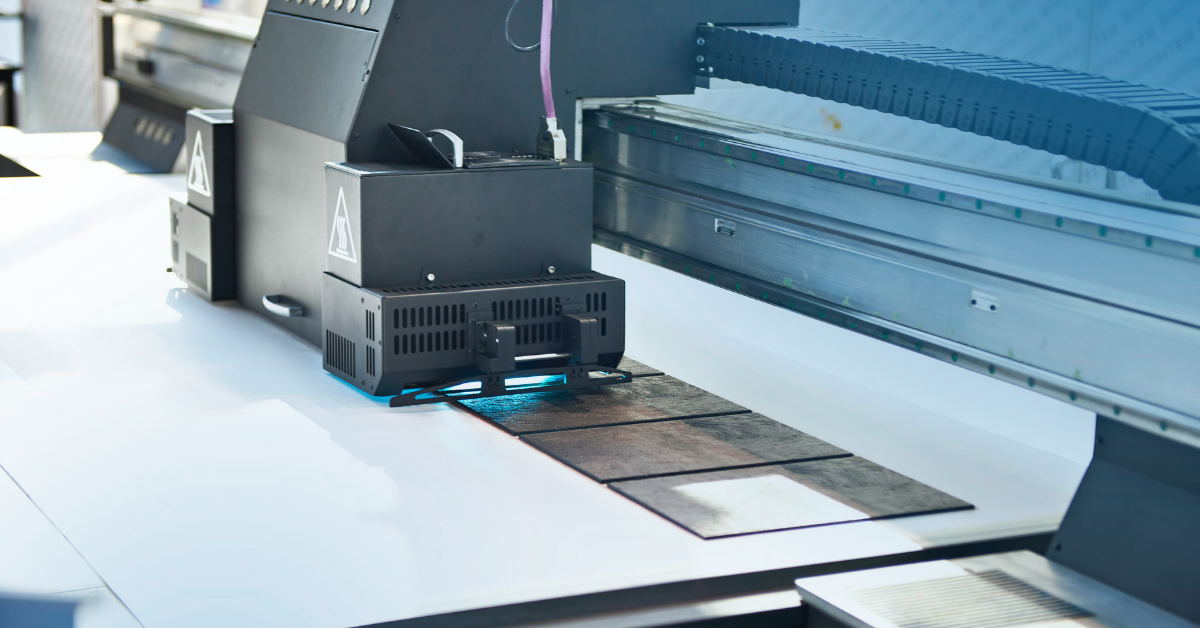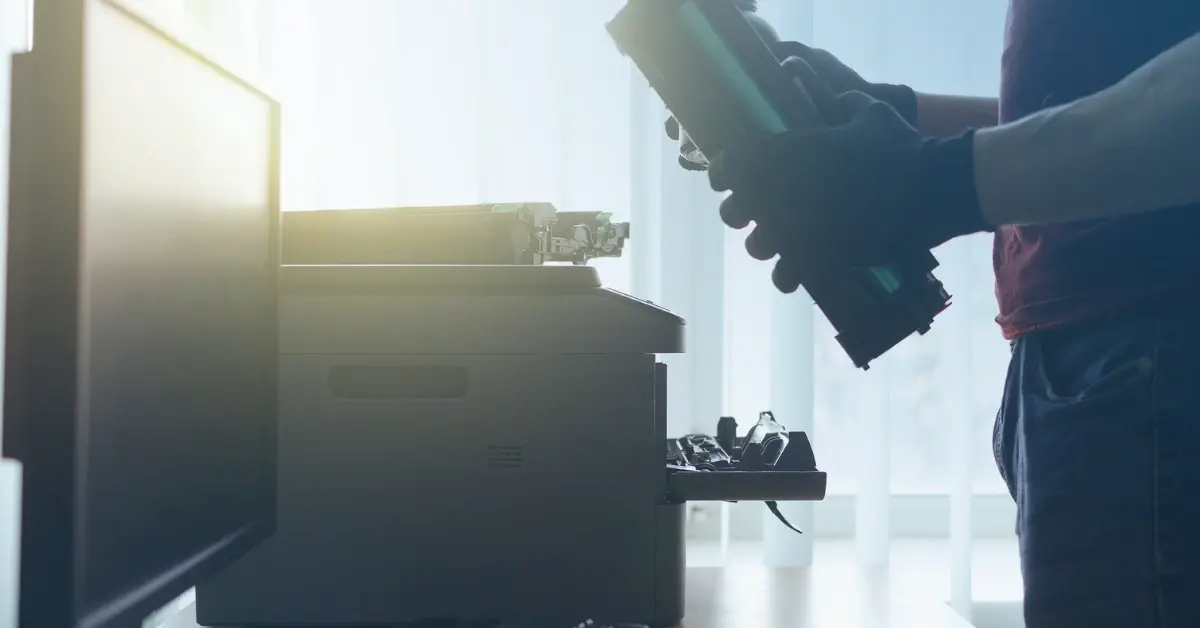Hidden Dangers of Unsecured Firmware in Banking and Finance Services

In our age of Information Technology, discussions about IT and cyber security are heavily focused on securing software from malicious agents. Rarely does anyone mention the importance of securing hardware and firmware from attacks – and fraudsters have noticed.
Statistics show that approximately 80% of businesses have experienced at least one incident of firmware attack and in many cases, these attacks largely go unnoticed. Imagine giving individuals with fraudulent intent a window to view your organization's operations for years. The increase in firmware attacks and its latent spying potential makes it a major threat to the banking and financial sector with respect to the check printing and sensitive document management services it offers.
Thankfully, there are answers to eliminating the hidden dangers associated with unsecured Firmware and this post intends to provide them.
The Hidden Threats Banking and Finance Institutions Face from Outdated Firmware
To gain insight into how devastating successful attacks on unsecured Firmware can be, here is a quick outline of the job description of your enterprise's check and document printing firmware. Firmware provides the instructions your printers need to start up, communicate with its control panels/buttons, communicate with other devices, and support basic input/output activities. This means from the moment you push the start button to the moment you switch off your check printing devices, the firmware provides continuous communication services.
Firmware may also provide the storage platform for many sensitive information including user authentication credentials and encryption keys. The average firmware framework supports device-to-device communication and stores information without providing the user with extensive visibility into its functions making it vulnerable to exploitation.
Unsecured or outdated firmware leaves the entire check printing and document creation process vulnerable to security incidents. The major hidden dangers associated with this source of vulnerability include:
- Latent Surveillance – Successful invasions of your firmware give hackers a foothold into the entire chain of devices handling your check printing process. Depending on the intent of the hacker, this foothold can either be employed to observe your check printing process to capture user authentication credentials, monitor everyday activities, or steal data over extended durations. Once operational habits are understood, the hacker may decide when to strike to exact the maximum financial loss they can extract from your organization.
- Infiltrating Device Communication – A single printer or connected device with outdated or unsecured Firmware provides inroads for hackers to infiltrate your business's entire check printing and IT systems. Once infiltrated, the hacker sees everything on your computer screen including login details, check designs, payroll documents, and other sensitive information. The hacker may then remotely manipulate checks through the vulnerable device or go big by targeting your entire transaction chain.
- Access to Attack Hardware – Unsecured Firmware translates into security gaps for hardware drivers and chips within check printing devices. Hackers can exploit these gaps to install malware or leverage direct memory access (DMA) functionality to compromise devices. Real-world examples of these dangers include the recent ThunderSpy attack and RobinHood that targeted banking and financial institutions.
How TROY Solutions Help You Eliminate the Hidden Dangers of Unsecure Firmware
Where hidden dangers lurk, the solutions to countering them must target the root cause of these vulnerabilities. In this case, the root cause is the use of check printing devices with outdated firmware and Troy Solutions provide extensive security features to secure your firmware.
TROY MICR printers integrate the use of automation to implement continuous end-to-end firmware updates to secure your check printing processes. Leveraging automation eliminates the possibility of human errors and forgetfulness that may come from manually implementing updates. The tray locking feature of the MICR printer provides an extra layer of security in scenarios where a breach may have occurred. This feature restricts login attempts to a specified number and proceeds to lock the printer or account to forestall further activities.
Leveraging the security that MICR technology provides also safeguards banking and finance institutions from successful firmware hacking attempts. In this scenario, hackers may have gained remote access to specific hardware but will require physical access to MICR toners and specific MICR printers to successfully print cashable checks.
TROY Group offers Banking and Finance Institutions fraud-resistant technologies and monitoring solutions to ensure your check and document printing process is secure from the dangers of using outdated check printing solutions. You can learn more about the solutions we offer or seek further support to secure the check printing services you offer by speaking with our professionals today.
Related Posts

What is UV Printing? UV Curable Inks for Packaging
Ultraviolet, or UV printing is an advanced digital technology that cures specially designed inks using UV light. This process creates sleek, vibrant designs that dry instantly,..

Here's How to Beat Upcoming Postage Rate Increases
In 2024, a notable increase in postage costs became a reality. With postage increases expected to occur multiple times a year, it's important to be prepared for what's coming.

What is MICR Toner? A Guide for Check Printing
What is MICR? MICR stands for Magentic Ink Character Recognition, and it plays a critical role in check printing. If you're printing checks for your business, you should always be..



Leave a Reply